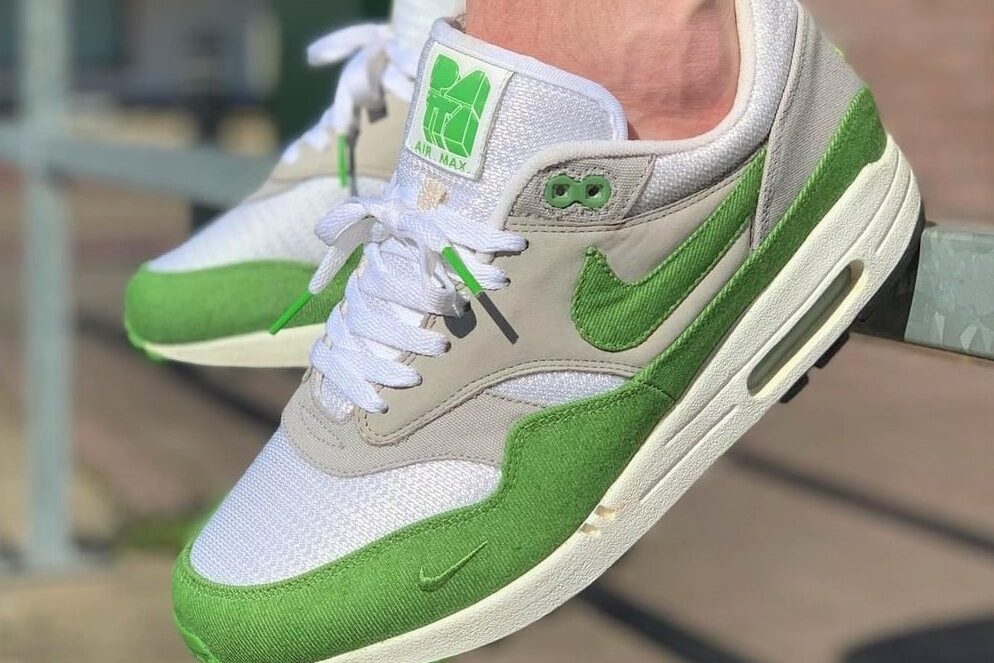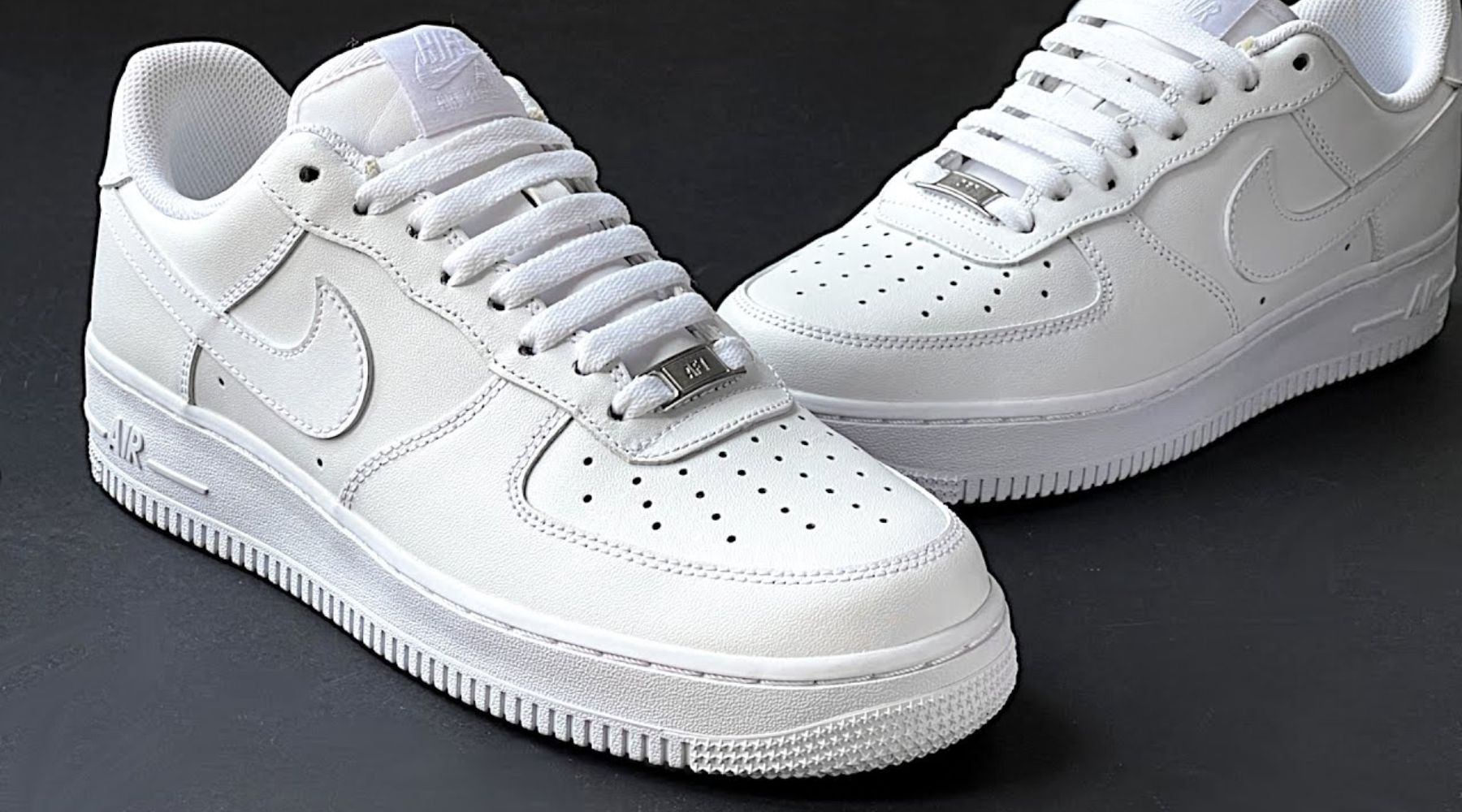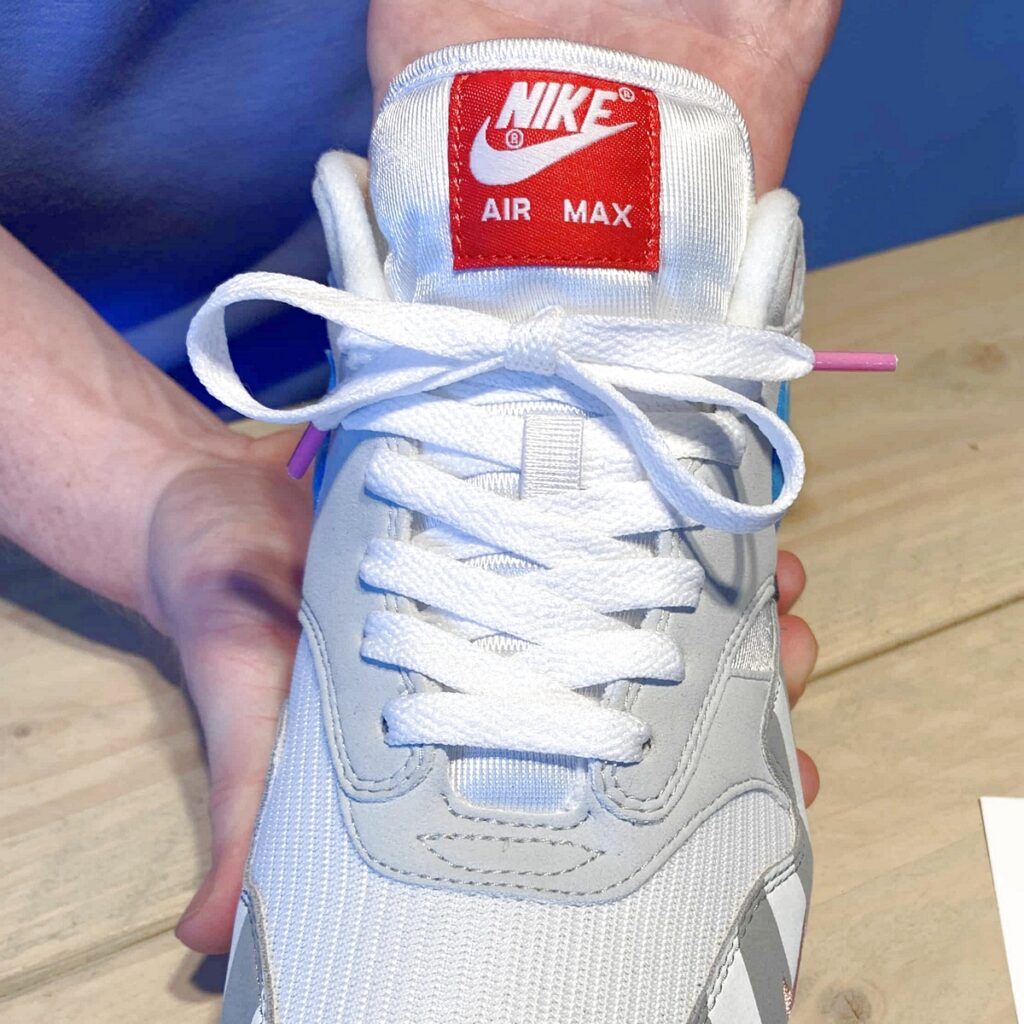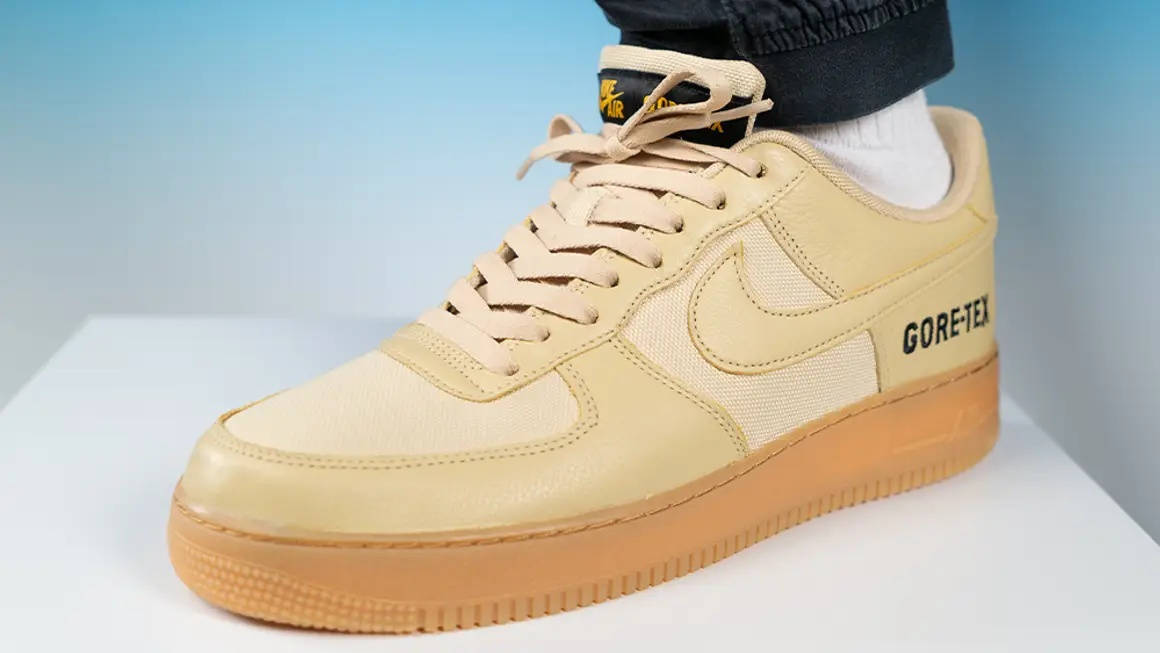Lacing your Nike shoes properly can significantly enhance your comfort, performance, and overall aesthetic appeal. Whether you’re about to hit the basketball court, go for a run, or just want to showcase your latest kicks, understanding the best lacing techniques is crucial. In this comprehensive guide, we’ll delve into the various lacing methods specifically tailored for Nike shoes, backed by real-world experiences and expert insights from the U.S. footwear market.
Why Proper Lacing Matters
Before diving into the various lacing methods, let’s discuss why proper lacing is essential. A poorly laced shoe can lead to discomfort, blisters, and even impact your performance. Here’s why it’s important:
- Enhanced Comfort: Proper lacing ensures a snug fit, reducing the chances of rubbing and blisters.
- Improved Performance: A secure fit allows for better energy transfer during athletic activities.
- Stylish Aesthetics: Different lacing styles can highlight your shoe’s design and make a fashion statement.
Types of Nike Shoes and Lacing Techniques
Nike offers a wide range of footwear, each designed for different activities and styles. While the basic lacing principles remain the same, certain techniques may suit specific models better. Below are some popular types of Nike shoes along with recommended lacing techniques:
Nike Running Shoes
For running enthusiasts, choosing the right lacing technique can help prevent your feet from shifting inside the shoe, thus minimizing the risk of injury.
Standard Lacing Technique
This is the traditional way to lace your running shoes. Here’s how:
- Start with the laces equal on both sides and feed them through the bottom eyelets.
- Cross the laces over each other and feed them through the next set of eyelets.
- Continue this pattern until you reach the top eyelets.
- Tighten the laces to your comfort level and tie a secure knot.
Pros: Simple and effective for most runners.
Cons: May cause pressure points on the top of the foot if pulled too tight.

Runner’s Loop
This technique is ideal for runners who struggle with heel slippage.
- Lace up your shoes normally until you reach the second-to-last eyelet.
- Instead of crossing the laces, feed each lace through the last hole on the same side.
- Pull both laces up to tighten, and then tie your knot.
Pros: Reduces slippage and provides additional ankle support.
Cons: Can feel constricting for some wearers.
Nike Basketball Shoes
Basketball players need exceptional support and stability. Here are two effective lacing methods:

Power Lacing
This technique provides maximum ankle support. Here’s how to do it:
- Start lacing from the bottom eyelets.
- Cross the laces over and feed through the next eyelets, ensuring to tighten as you go.
- When you reach the top eyelets, create a loop with the laces and tuck them behind the shoe.
Pros: Excellent for providing ankle support during quick movements.
Cons: May take longer to lace up compared to standard techniques.
Toe-Box Lacing
This method is particularly useful for players who have wider feet.
- Start with a standard lacing technique.
- As you lace up, ensure you leave some space in the toe-box area by loosening the laces slightly.
Pros: Increases comfort for wider feet.
Cons: May not provide the snug fit that some players prefer.

Popular Nike Models and Their Lacing Techniques
Different models may require different lacing techniques for optimal performance. Below is a comparison table of popular Nike shoe models and their recommended lacing methods.
| Model | Recommended Lacing Technique | Purpose |
|---|---|---|
| Nike Air Zoom Pegasus | Standard Lacing | General running |
| Nike Air Max | Power Lacing | Basketball & Stability |
| Nike React Infinity Run | Runner’s Loop | Long-distance running |
| Nike SB Dunk | Toe-Box Lacing | Skateboarding |

Case Studies: Real-World Experiences
To provide depth to our guide, we analyzed some case studies from avid footwear enthusiasts and athletes in the U.S. Here are some insights:
Case Study 1: John the Marathon Runner
John, a marathon runner from California, struggled with blisters on long runs. After experimenting with different lacing techniques, he found that the Runner’s Loop not only kept his foot in place but also eliminated the pressure points that caused rubbing. His finish times improved thanks to better comfort during races.

Case Study 2: Lisa, the Basketball Player
Lisa, a college basketball player, was dealing with heel slippage in her Nike Air Jordans. After switching to the Power Lacing method, she felt more secure on the court. Her free throws improved since she could focus on her game without worrying about her shoes.
Tips for Lacing Nike Shoes
Here are some helpful tips to ensure you’re lacing your Nike shoes effectively:
- Choose the Right Technique: Depending on your activity, select a method that suits your needs.
- Adjust for Comfort: Don’t hesitate to adjust laces after a few walks to find what feels best.
- Use Specialty Laces: Consider flat laces for athletic shoes to minimize pressure points.
- Practice Makes Perfect: Don’t be afraid to try different techniques; practice leads to mastery.

FAQs About Lacing Nike Shoes
1. How do I know which lacing technique to use for my Nike shoes?
Consider the type of activity you’ll be doing. Running, basketball, and casual wear all may require different techniques for optimal comfort and performance.
2. Can improper lacing cause foot injuries?
Yes, poor lacing can lead to blisters, discomfort, and even affect your overall performance, potentially leading to injury over time.

3. What type of laces should I use for my Nike shoes?
Flat laces are often preferred for athletic shoes as they reduce pressure points compared to round laces.
4. Are there specific lacing methods for wider feet?
Yes, techniques like Toe-Box lacing can provide additional comfort for those with wider feet.
5. How can I make my laces stay tied for longer runs?
Using a double knot can help keep your laces secure during longer activities.
6. Can I customize the lacing pattern for fashion purposes?
Absolutely! Many sneaker enthusiasts create unique lacing patterns for style. Don’t hesitate to experiment!
7. Is there a best lacing technique for casual wear?
The standard lacing technique works well for everyday wear, but you can also use creative styles for added flair.
Conclusion
Lacing your Nike shoes properly can elevate both comfort and style to new heights. By understanding the various techniques available and experimenting with them, you can find the perfect fit for your needs. Remember, the right lacing method can make a significant difference in performance and overall satisfaction with your footwear. So go ahead, lace up those Nikes, and step confidently into your next adventure!
For further information and expert insights, consider checking out FootSmart.